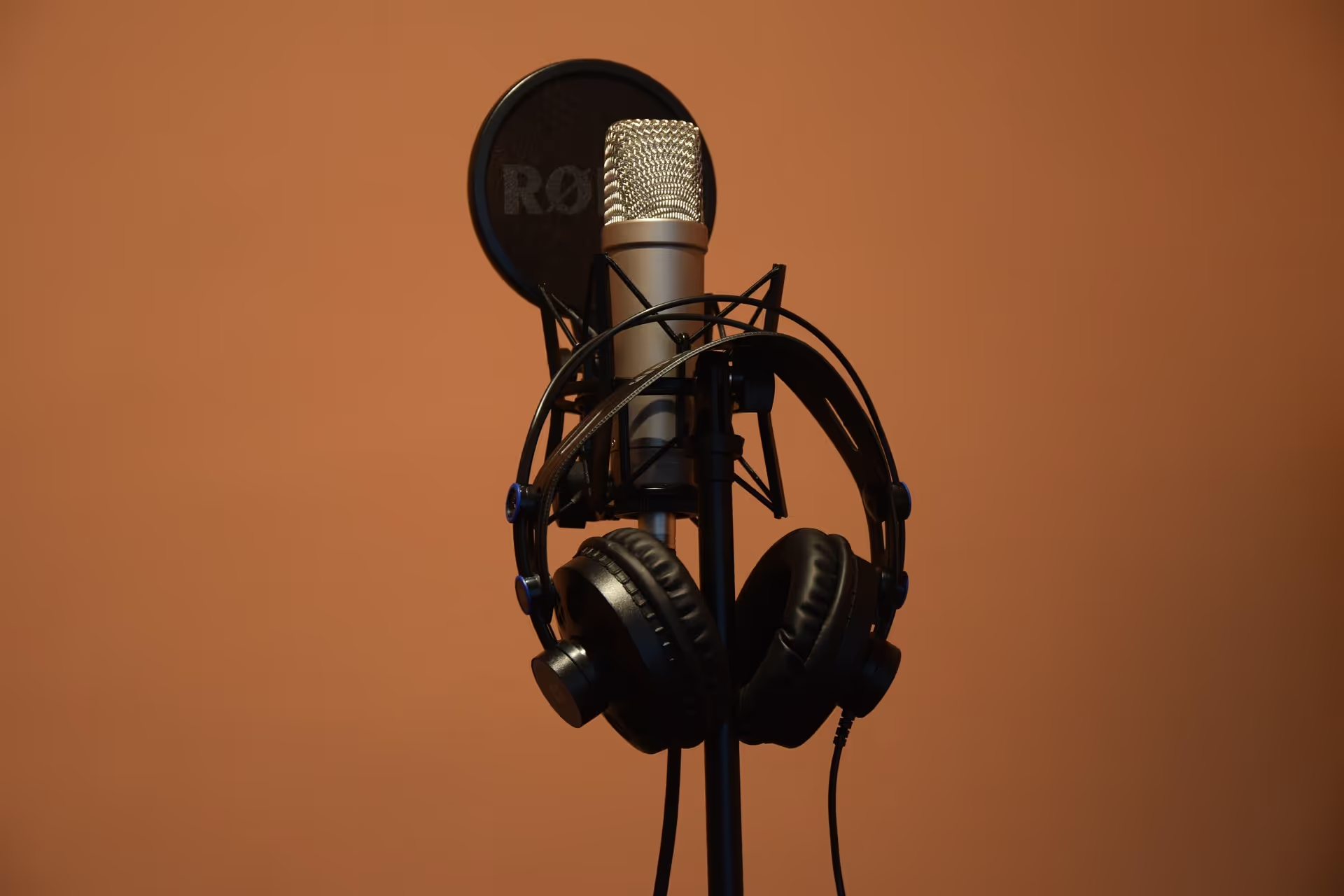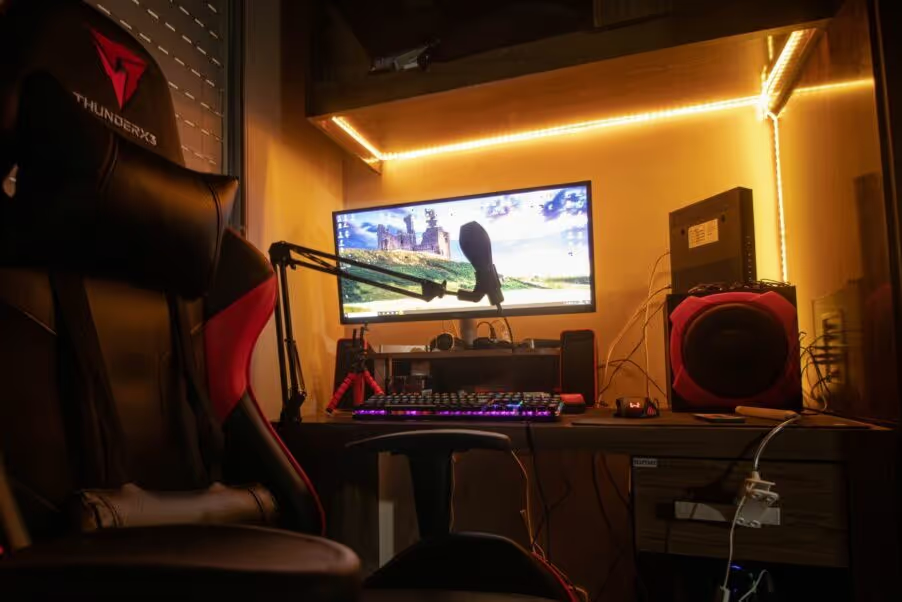
You’re looking for the best speaker wire to optimise your system’s audio performance.
Let’s compare the best 7 cables and when to use them.

The copper conductors of the Type 5 are of high quality. This part of the build contributes to a crystal-clean signal purity. A sensation audio experience. It’s not about the specifications; it’s about how specs translate into a listening experience.
The Type 5’s 14-gauge conductors, strategically arranged, play a crucial role in delivering a balanced sound. The size is just right, providing the optimal balance between signal strength and flexibility.
The Type 5 features metal and carbon-loaded synthetics for effective noise dissipation. This means that there will be minimal if any interference and noise. Collaborating into an immersive listening experience.
It’s robust and will last for a long time. A reliable investment in your audio setup. The AudioQuest Type 5 delivers on the promise of high-quality audio


Straightforward performance that won’t break the bank. The 12-gauge thickness ensures a robust signal transmission. A reliable connection between components without compromising on quality.
Monoprice 12 Gauge is simple. No unnecessary complexities. It delivers what matters most – a clean and stable audio signal.
The durability left a positive impression. The sturdy build and materials contribute to a cable that should stand the test of time. Perfect for those on a budget who seek a long-lasting speaker wire.
The Monoprice 12 Gauge is a sensible budget-friendly choice of speaker cables.


The WireWorld Oasis 8 is all about delivering great sound using special copper and precise engineering. The team at WireWorld have invested in the quality of copper used in the Oasis 8. The audio is strong and clear through the speakers without any problems.
Dood thickness (14-gauge), which makes it flexible. People like this because it works well with different audio setups.
Even though it’s a bit pricy, the Oasis 8 is worth it for the engineering. Their attention to detail has resulted in a wire that makes music sound good.


The Canare 4S11 Bi-Wire has an 11-gauge thickness. It finds a good balance and handles power well while still being flexible. This thickness is ideal for home theatre quality.
It’s well-made with high-quality materials, ensuring it lasts a long time. This is important, especially in a home theatre setup where cables might be hidden or routed through walls.
Noise rejection is crucial for a clean audio signal. The design of the Canare 4S11 Bi-Wire reduces interference and outside noise. A clear and more immersive audio experience.
With bi-wire capability, substantial gauge, and durability, is a good choice for those wanting better home theatre audio.


The Blue Jeans Cable Ten White’s 10-gauge thickness is crucial for its performance. This thickness helps it handle power efficiently, resulting in impactful and detailed sound. We use it in our mixing studios.
The way this cable is made and the materials used mean its long-lasting. This reliability is vital in studios where equipment needs to perform consistently.
The cable’s ability to reject noise is essential for maintaining a clean audio signal. Its design reduces interference and external noise, leading to a more accurate representation of recorded audio. In studios, where precision is crucial, this feature is valuable.
Blue Jeans Cable Ten White focuses on sound transparency, gauge, and build quality. A great choice for studio-quality sound.



How much does speaker wire cost?
The price of speaker wire can vary greatly depending on the brand, length, gauge, and additional features. Generally, entry-level speaker cables start at around $10 for a short length. However, for premium high-end speaker cables, you may need to invest upwards of $100 for a reliable and top-performing option. Remember, the cost of speaker wire is typically proportional to the quality length and performance it offers.
Are high-end speaker cables worth it?
While some audiophiles swear by the difference premium speaker cables can make. Others argue minimal discernible improvement compared to mid-range options. Whether high-end speaker cables are worth it depends on your preference and the audio quality you desire. We recommend auditioning various options to determine if the difference in sound justifies the cost. Amazon has a generous returns program. So you may consider buying a low-cost and a high-cost speaker wire to test if you can hear the difference.
How much wire do you need?
Calculating the amount of speaker wire you need depends on the distance between your amplifier or receiver and speakers. Measure the length between the two points, ensuring to account for any additional cable length you may need for routing and flexibility. It’s better to have a little extra wire than running short, as you can always neatly bundle any excess length.
What type of wires are there?
When it comes to the type of wire, there are a few different options available. The most common types are copper and silver. Copper is widely used due to its affordability and excellent conductivity. Silver, on the other hand, offers slightly better conductivity but comes at a higher price point. Copper wire is chosen for most audio setups and provides excellent performance.
Do expensive audio cables make a difference?
Expensive audio cables have been a subject of debate in the audio community. It’s important to note that spending a significant amount on speaker cables doesn’t guarantee a drastic improvement in sound quality. Speaker wires are 1 link in an audio setup chain made up of speakers, amplifiers and more. Consider your budget and priorities before deciding on whether to invest in expensive audio cables.
Do shorter speaker cables sound better?
The length of the speaker cables can have a minimal impact on sound quality, especially for shorter cable lengths. In general, shorter cables reduce the risk of signal loss or interference, resulting in slightly improved performance. However, the difference is often negligible and may not justify the inconvenience or additional cost of rearranging your audio setup with shorter cables.
Do thicker speaker wires sound better?
Thicker speaker wires generally offer lower resistance, which can result in better sound quality. However, the difference in performance between various gauge sizes is often minimal unless you’re dealing with exceptionally long cable runs. Selecting the appropriate wire gauge based on the distance between your amplifier and speakers is more crucial than solely focusing on thickness. For most average home audio setups, a 16 or 14-gauge wire is adequate.
While the AudioQuest Type 4 Speaker Cables stand out as our top pick for their exceptional performance. It’s important to evaluate your own needs and preferences when investing in speaker wires.
What is bi-wiring?
Bi-wiring is a way to connect speakers to an amplifier using two separate wires for different parts of the speaker. Instead of using a single wire for each speaker, the bi-wire is split into two wires for each speaker—one for the high-frequency elements and one for the low-frequency elements.
This separation reduces interference between the different parts of the speaker, improving overall sound quality. Bi-wiring requires speakers and amplifiers that also support this setup. It’s a choice made by audio enthusiasts looking to fine-tune their audio systems for a more refined listening experience.
Bi-wire vs single wire
Bi-wire and single-wire are two ways to connect speakers to an amplifier. With single-wire, you use one wire for each speaker. In bi-wire, you use two wires for each speaker—one for the high sounds and one for the low sounds. Test out your current setup by listening to some heavy bass songs.
The difference in setup is how the wires connect to the speaker from the amplifier. Single-wiring is simpler, using just one wire for each speaker. Choosing between bi-wire and single-wire depends on your personal preference and your system’s setup compatibility.
What is bi-amping?
Bi-amping is a method of connecting speakers to an audio system using two separate amplifiers, each dedicated to a specific part of the sound. Instead of one amplifier handling all the frequencies, bi-amping divides the work. One amplifier manages the low sounds, and the other produces the highs. This is thought to provide better control and clarity in the audio. Bi-amping requires speakers that support this setup and two amplifiers. Audio enthusiasts often choose bi-amping to fine-tune their sound systems for a truly immersive listening experience.
How does wire resistance affect performance?
Resistance affects how well electricity flows through a wire. When there’s high resistance, it’s like a roadblock for the signal. This roadblock can make it harder for the signal to reach your speakers. In speaker wires, lower resistance is better because it allows the audio signal to flow freely. It’s like having a clear road without obstacles, ensuring that the sound reaches your speakers with less interference. So lower resistance in speaker wires can contribute to better audio performance by allowing a smoother flow of signal.
How does a speaker wire material impact the sound?
The material of a speaker wire can impact the sound that is produced from your speakers. Different materials conduct electricity in different ways. Copper is a common material because it conducts well and is price-efficient. When wires use a good conductor like copper, it allows the sound signal to travel smoothly from your amplifier to your speakers.
This results in a sound as clear and true as possible. So yes, the material of the speaker wire plays a role in how effectively the electrical signal is delivered. This affects the quality of the sound you eventually hear from your speakers.
Best way to hide speaker wires
You can guide them next to the edges of your room or under carpets. Like giving your speaker wires a secret path. If that’s not an option, try using cable covers that stick to your walls, keeping everything tidy. Another neat trick is running the wires behind furniture or using cable clips to keep them snug. With these easy methods, you can make your speaker setup look clean and organized.
How to connect speaker wires
Connecting speaker wires is a straightforward process. Start by identifying the positive and negative wires – usually, the positive wire has a marking. Strip a small section at the end of each wire to expose the metal. Then, match the positive wire from the amplifier to the positive terminal on the speaker and do the same for the negative wires. Twist the exposed wire strands securely around the corresponding terminals or use banana plugs if your equipment supports them. Make sure the connections are tight.





